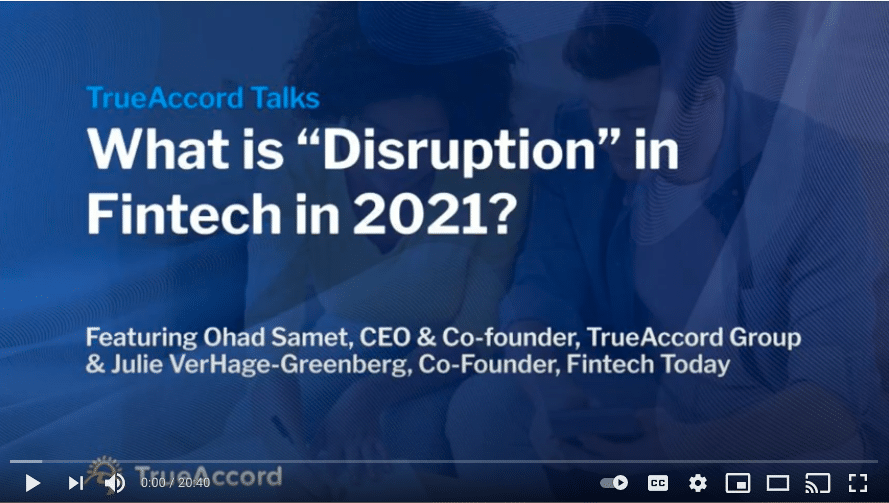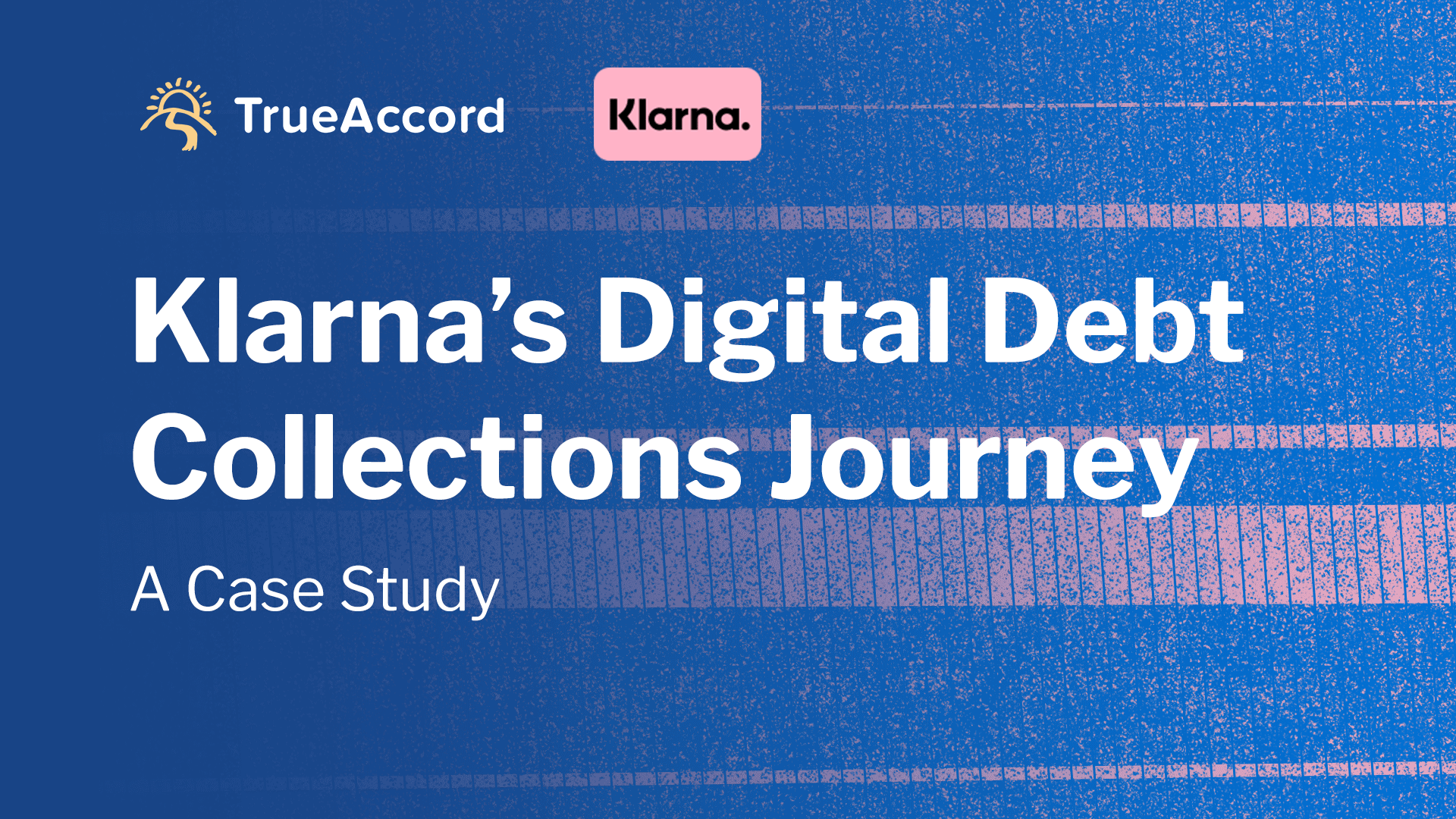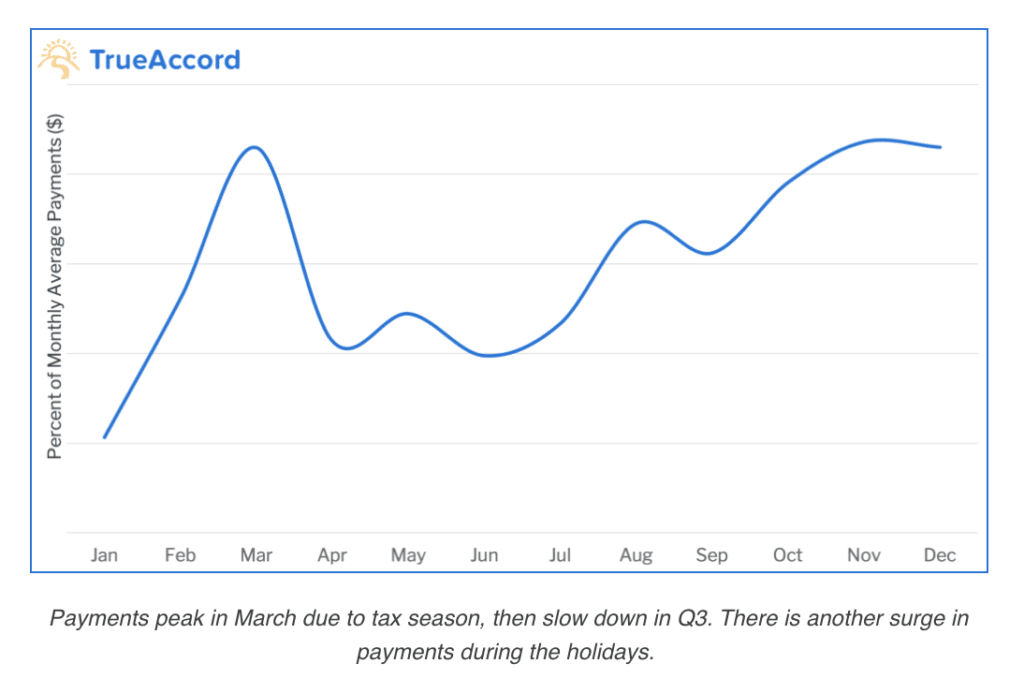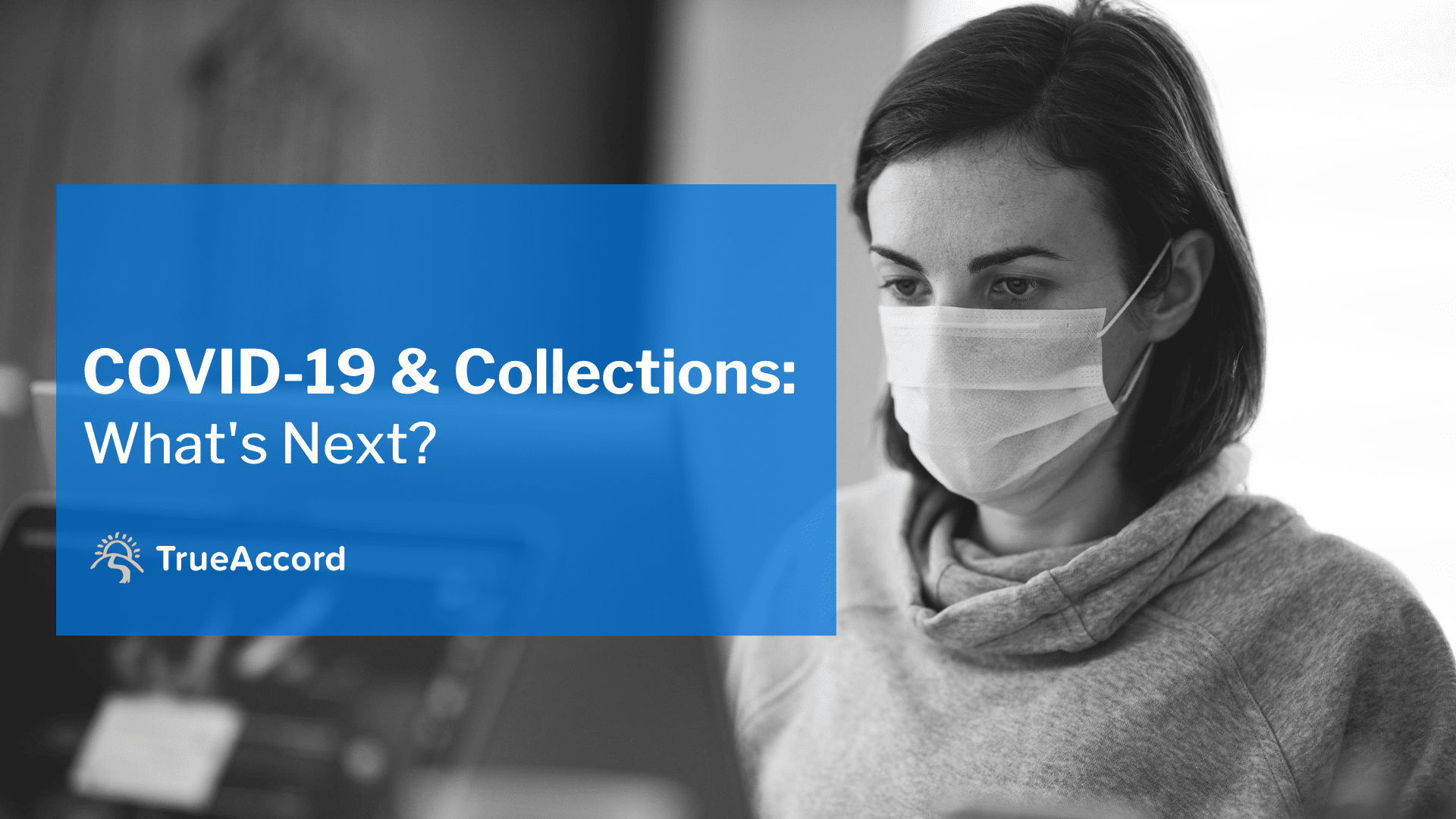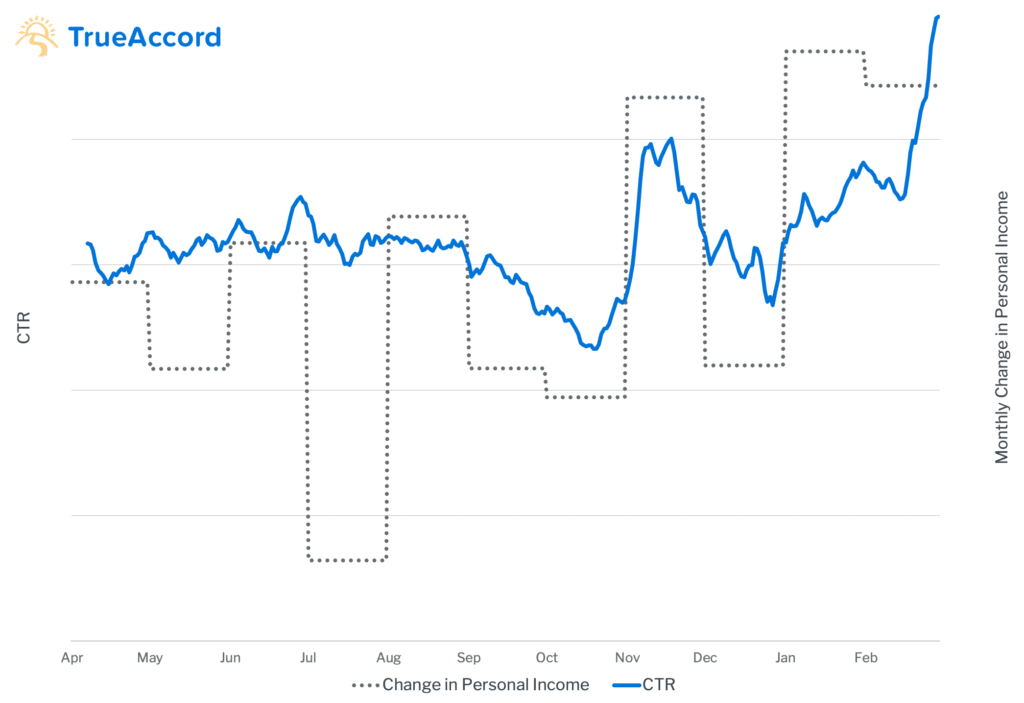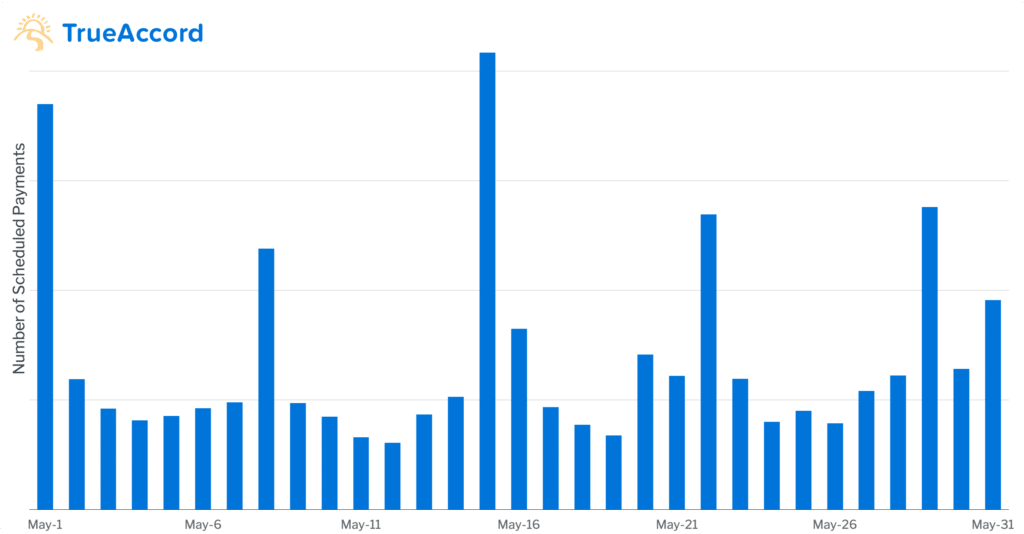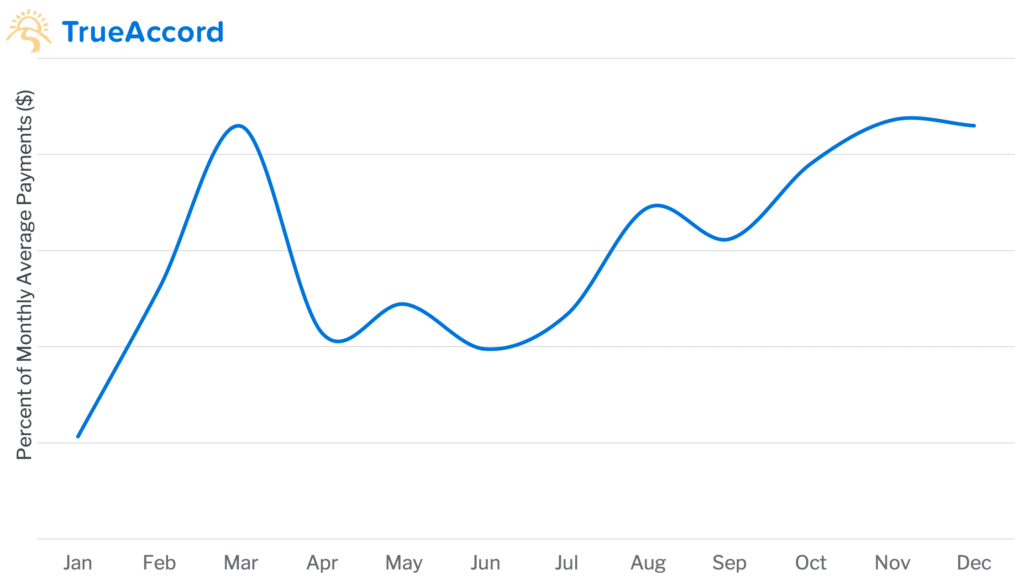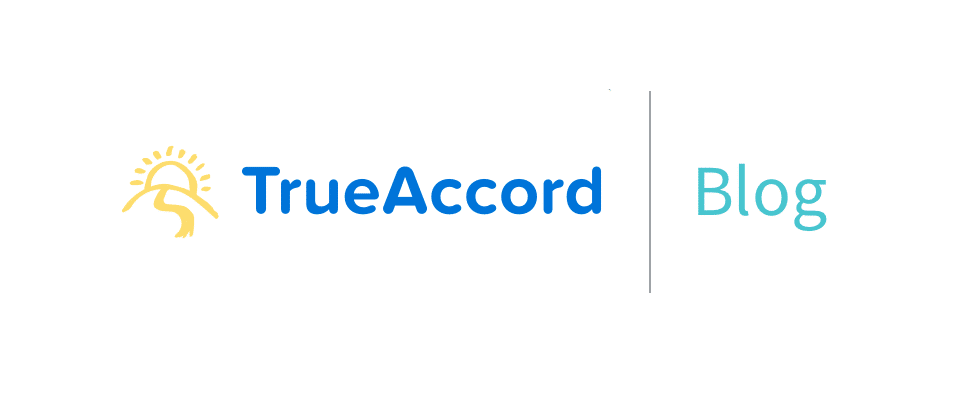
Digital-first debt collection fintech readies for continued B2B and B2C expansion with strategic leadership reorganization
TrueAccord Corporation, a debt collection company offering digital-first and consumer-centric solutions for resolving debts, today announced changes to its executive leadership team to support a planned expansion of products and services. The changes include Sheila Monroe, who previously served as CEO, moving to a new role as chief growth officer for TrueAccord’s parent company, One True Holding Company, with Mark Ravanesi, formerly chief revenue officer (CRO), filling the role as newly appointed CEO of TrueAccord. One True Holding Company also named a chief marketing officer (CMO), Naama Bloom, to drive integrated marketing as the company looks to engage new and different clients.
After two and a half years building and growing TrueAccord as CEO, Monroe takes on a new strategic role as chief growth officer for One True Holding Company, allowing her to tap into her vast global network and industry knowledge. She will focus on strategic opportunities to grow the organization through partnerships, regional expansion and other tactics. With more than 20 years of financial and recoveries experience, along with her ability to navigate complex regulatory environments, Monroe has been a key driver of TrueAccord’s growth and execution.
Assuming the role of CEO at TrueAccord, Ravanesi will manage overall operations and resources while leading the development and implementation of the company’s strategy and mission. Since joining TrueAccord in 2019, Ravanesi has served as vice president of client success and CRO, playing integral roles in growing the sales organization and leading the company’s analytics and client-facing teams. He is a seasoned industry leader with more than 20 years of experience in the collections space, focusing on strategy, analytics, policies and strategies. Ravanesi’s previous roles include director and leadership positions at Barclays Bank, Discover Financial Services and GE Money.
“This is an important step in the evolution of TrueAccord and the whole OTHC group of companies. We will leverage Sheila’s industry expertise in a new, strategic capacity to continue our overall growth trajectory,” said Ohad Samet, co-founder and CEO of One True Holding Company, TrueAccord’s parent company. “Second, we get to apply and expand Mark’s successful mission- and results-oriented leadership in sales to the larger TrueAccord organization, accelerating the tremendous growth we’ve seen in the past years.”
One True Holding Company will continue its long-term success with new products and services targeted to a broader client and customer base, offered by TrueAccord’s sister companies. In alignment with its growth plan, One True Holding Company named Bloom as CMO to create and oversee a comprehensive marketing strategy that will promote brand recognition and deliver offerings that have value for customers, clients and business partners. Bloom brings more than 20 years of marketing experience as a brand builder, entrepreneur and business leader for Fortune 500 companies and startups.
“One True Holding Company has introduced best in class machine learning and digital-first debt collection solutions that consumers love with TrueAccord. Adding a marketing leader to our organization is an important step in doubling down on our trusted brand with clients and consumers alike,” added Samet. “Naama has tremendous experience building marketing teams and building iconic brands that consumers can trust as part of their everyday lives. I am thrilled about bringing in her leadership and expertise to connect the TrueAccord brand, among others, to our business as we move into new verticals and markets.”
The One True Holding Company leadership team also includes Gene Linetsky (chief technology officer), Noah Barr (chief financial officer), Laura Marino (chief product officer), Courtney Graham (chief people officer) and Nadav Samet (chief innovation officer), with Charles Deutsch serving as general manager of the financial services subsidiary True Life Solutions, which launched the game-changing consumer product, Engage.
Over the past year, One True Holding Company and its subsidiaries added more than 200 new hires with plans to continue expanding through 2021, with open positions across engineering, product, sales, client services, marketing, legal and operations. See all open positions and apply here: https://www.trueaccord.com/about-us/careers/
About TrueAccord
Founded in 2013, TrueAccord’s data-driven debt collection platform is disrupting the collection industry by helping businesses collect more debt online than traditional methods. TrueAccord’s platform is powered by machine learning with a decision engine that analyzes consumer behavior and delivers personalized and empathetic consumer experiences. By communicating at the right time in the right channel with payment options that meet consumer needs, TrueAccord provides exceptional recovery rates for top 10 financial institutions, debt buyers, lenders and technology companies. TrueAccord empowers many of the estimated 77 million consumers who are in debt every year to get on a path to better financial fitness. To learn more, go to http://www.trueaccord.com.
About One True Holding Company
One True Holding Company is a technology company providing business- and consumer-facing solutions in the consumer debt space. Subsidiaries include TrueAccord, which offers machine learning-based, digital- and mobile-first servicing for debt in collections and recoveries, and True Life Solutions, which offers a SaaS platform that consumers can use to contact collectors and creditors digitally.
